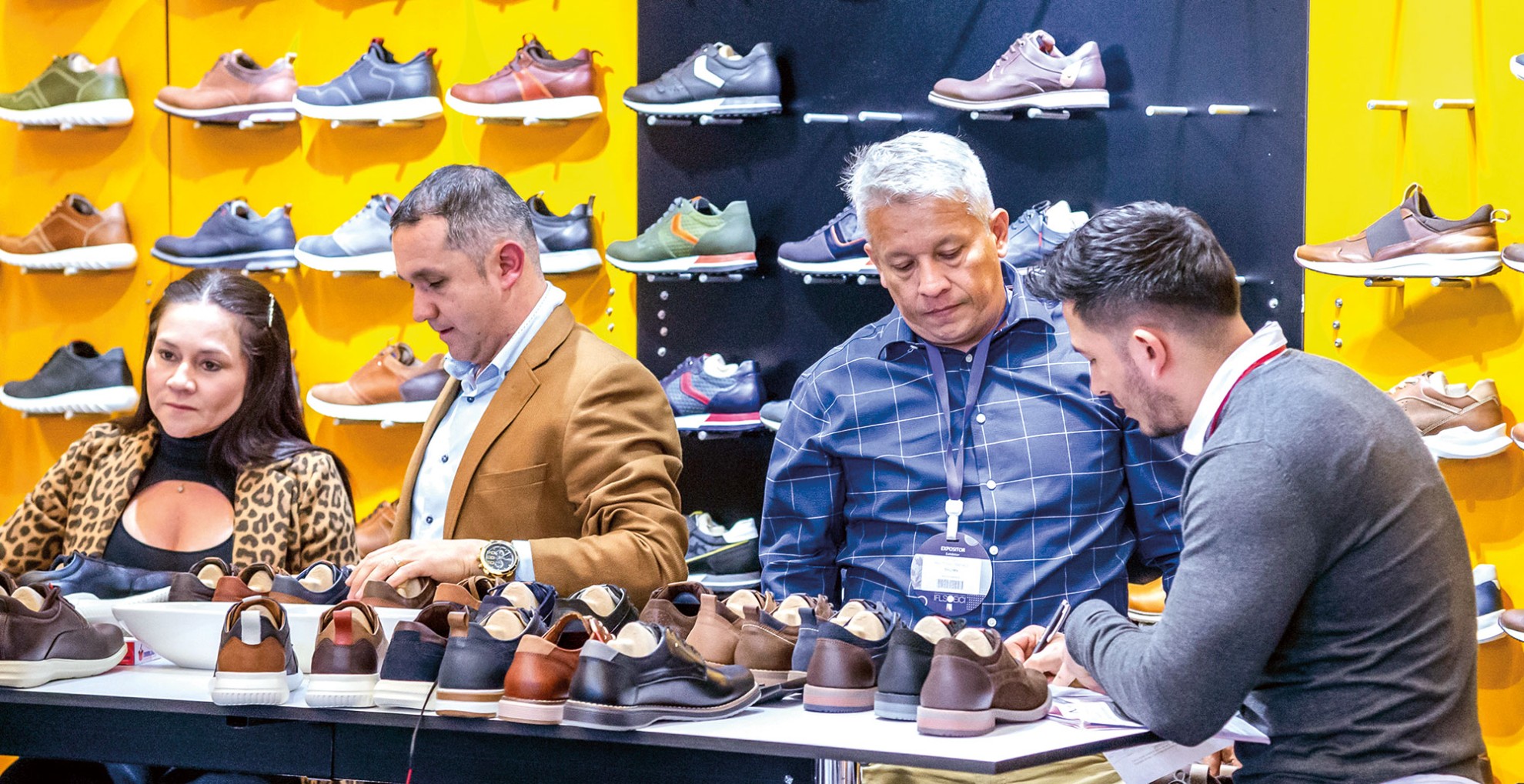“It was a very complex issue that affected and still affects the industry. The world production centers, for health and logistics reasons, lowered their volumes, which brought about shortages and increased prices. A specific case was that of PVC, a widely used supply in footwear, which before the pandemic cost $900 a ton, and in the middle of the pandemic it went to $2,000. Thus, manufacturers, compulsorily, had to transfer these increases to their products, even some could not fulfill their commitments due to the lack of raw materials. The same happened with other supplies such as PU and EVA. It is expected that with the passage of time prices will stabilize".
“On the other hand, the shortage of hides has also worsened due to the increase in exports in fresh or wet-blue state to China and Italy, reducing availability for local tanneries and factories. The situation becomes more serious due to the growth of live cattle exports, and the decline in slaughter".
“Another factor that influenced manufactures production was the strong increases in transportation. There were increases between 400% and 500% in container freight rates, which had a strong impact on the prices of final products. Everything as a whole, higher costs and scarcity, affected the footwear offer that was surpassed by the demand”.
Workforce
“There are difficulties in getting skilled labor for the manufacture industry. The phenomenon here in Colombia is that many people employed in factories, after the pandemic, did not return to their original workplaces and decided to set up their own businesses informally. A large part of this circuit is dedicated to the manufacture of copies of international brand products, such as NIKE, ADIDAS, etc.”
“Faced with this problem, we consulted SENA -National Apprenticeship and Employment Service- and there they told us that the sector was no longer attractive to young people. That there is a generational change that wants to have another type of job. To this is added that the offer for training is insufficient and there are few people dedicated to training”.
"We know of businessmen who have gone out looking for staff in working-class neighborhoods".






